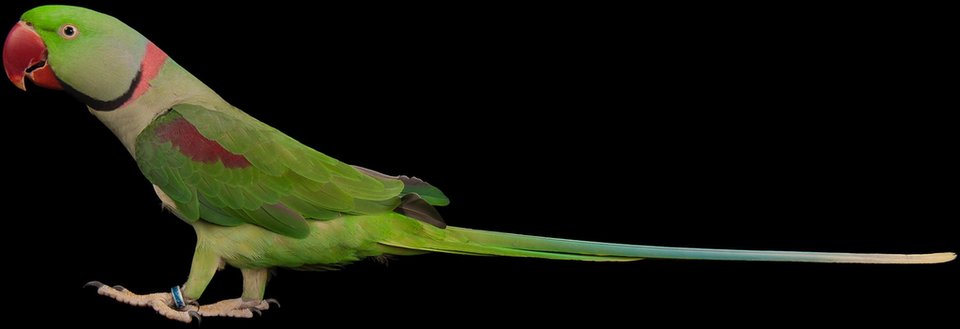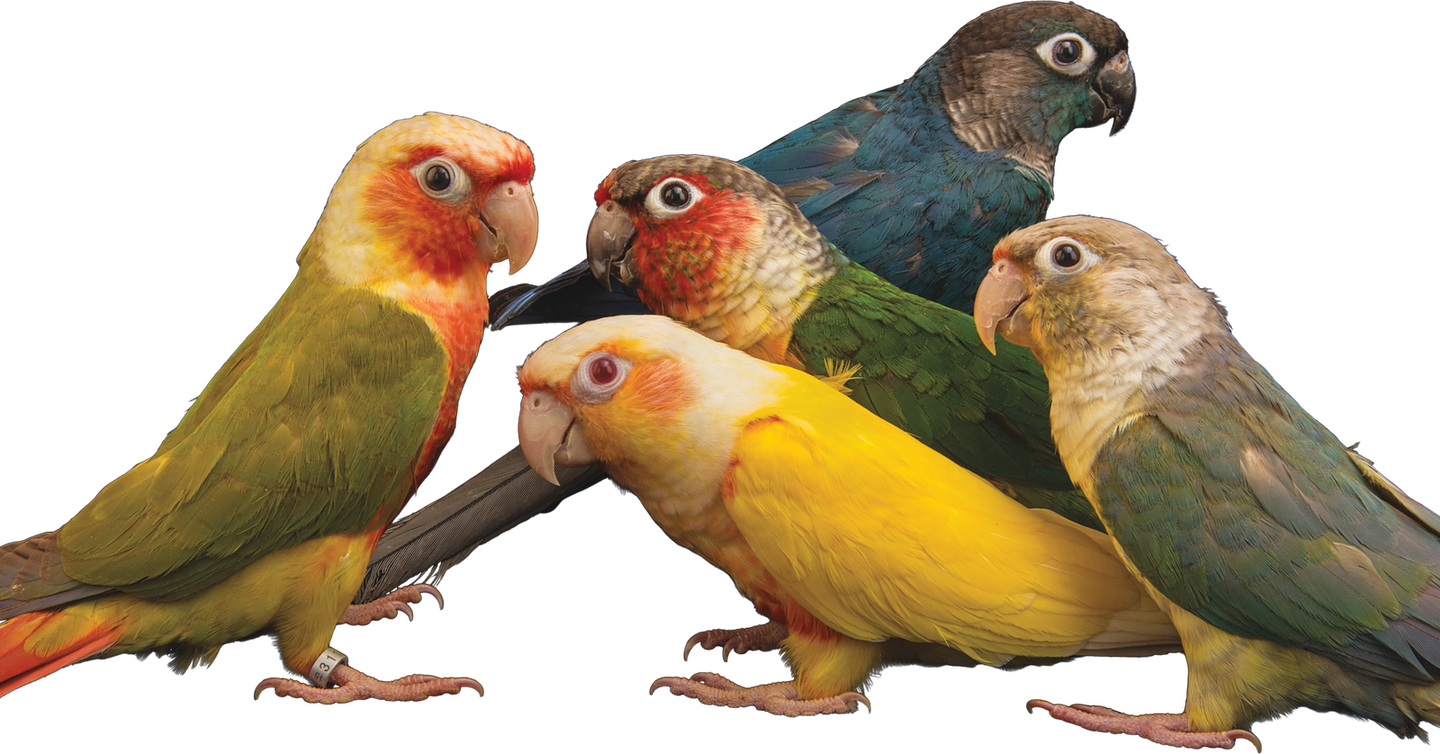StayingOneStep Ahead
CITESfacesotherchallengestoprotectingparrots.Most captive‑born chickshaveanIDringplacedontheirlegs.Illegaltradersmayhavefiguredouthowtoattachtheseringstowildbirds.So,it’snotalwayseasytotellthedifferencebetweencaptive‑bredandwild‑caught birds.
Tostayonestepaheadofthecriminals,geneticistsatSouthAfrica’sUniversityofKwaZulu‑Natalareworkingonasolution.Theyhopetocreateaquickandpainlessgenetictest.Itwouldhelpdetermineifabirdiswildornot.SuchDNAworkcouldallowabreeder,petbuyer,orairportinspectortotakeasamplefromabirdanddiscoveritsoriginsonthespot.Asimilarapproachcouldanalyzecertainchemicalsinparrotfeathers.Thattestwouldrevealwhattheparrotseat,whichwouldtellexpertswherethebirdscame from.
Therehavebeenotherencouragingdevelopments.Atfirst,thecountriesofSaudiArabiaandtheUnitedArabEmiratessaidthattheywouldnotfollowtheCITESrestrictions.However,theyhavesinceagreednottoimportwild‑caughtAfrican grays.
Thereareconservationsuccessstories,too.ThecriticallyendangeredPuertoRicanparrot,forexample,wasdownto13individualsinthe1970s.Biologistslaunchedacaptive‑breedingprogram.Wildandcaptivebirdsnownumberinthe hundreds.
Conservationistssaythelong‑termchallengeremains.Peopleneedtounderstandthatthesebirdsareatriskandareworth protecting.

Liketheothercaptivebirdspicturedinthisarticle,thisAlexandrineparakeethasanIDringonits leg.
1
Thinktwicebeforebuyinga bird.
Doyourresearchandmakesurethisistherightkindofpetforyou.Areyoupreparedtoberesponsibleforit?Theaveragepetparrotwillgothroughsevenhomesinthefirst10yearsofits life.
2
Ifyoualreadyhaveapetbird,giveitagood life.
Trytogiveyourbirdthebestlifepossiblewithyou.Offerregularexerciseandmentalstimulation.Feeditfreshfruitsandvegetables.Scheduleregularcheckupswithyour vet.
3
Supportgroupshelping birds.
Manyeffortsareunderwaytopreservepopulationsofwildparrotsthankstoorganizationslike:
• WorldParrotTrust
• ParrotsInternational
• WildBirdTrust
• BirdLife International
4
Learnmoreaboutthesituationforcaptivebirdsandwildlife trafficking.
Starthere:
• humanesociety.org
• avianwelfare.org
• cites.org
5
Spreadthe word.

green‑cheeked conures
Alex,the African Gray
IrenePepperbergisascientistwhostudiesthewayanimalslearn.In1976,sheboughtanAfricangrayparrotatapetstoreandnamedhimAlex.Shewantedtoteachhimafew words.
ShedidnotknowthatherrelationshipwithAlexwouldspanmorethan30 years.ShedidnotknowthatwhatshewouldlearnfromAlexwouldchangetheworld’sthinkingaboutparrots.Alex’svocabularygrewtomorethan100 Englishwords.Healsocreatednewwordsofhisown!Hemadeuphisownwordforapple.Hecalledita“banerry.”That’sacombinationofthewords“banana”and “cherry.”
Hecouldalsodescribeobjects,shapes,andcolors;dosimplemath;andunderstandbasicconceptssuchasnone,same/different,and bigger/smaller.
Alexdiedatage31.HislastwordstoPepperbergwere:“Youbegood,seeyoutomorrow.Iloveyou.”Alexprovedtotheworldthat“birdbrains”areprettybrightafter all.
